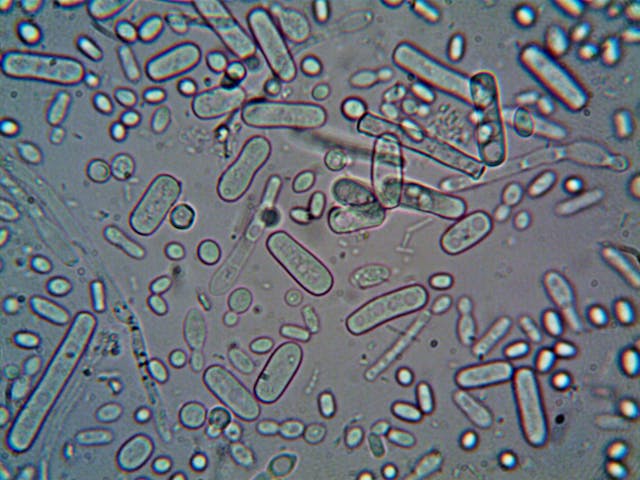
Why can’t the immune system kill all bacteria or viruses? The immune system can’t destroy all of the bacteria and viruses it comes across because some of them can deflect our immune system and some of them are able to hide. Others multiply far too quickly for the immune system to get on top of them. A lot of these methods are also used by the good bacteria that populate our bodies, which is good because we need those.
Our immune system is very effective. It works by identifying invading organisms and then mounting a response to remove them from the body. Sometimes, as in the case of allergies, it gets it wrong, but generally, it works very well. When an organism such as a bacteria, virus or fungus gets into the body, it has proteins on its surface. These processes are not recognized by the body and are called antigens. Immune cells fix onto all of the invading organisms and read the proteins using receptors. If they don’t recognize the cells because they are not part of the body, or if they recognize the cells as previously encountered antigens, they trigger an immune response. Once the response is triggered, the bone marrow produces more white blood cells which hunt down the invading organisms and kill them.
So, why can’t our immune system and our white blood cells kill all of the organisms that invade our bodies? There are several methods that they have at their disposal. The first is to hide from the immune system. Viruses take over and hide inside our own cells. While they are there, they make the cell produce more of the same virus. While they are inside the cell, our immune system can’t always find them. Sometimes it can because the virus can change the proteins that are on the outside of our cells too, but often the immune system has to wait for the viruses to leave the cells before it can kill them. Bacteria can hide from the immune system as well. They can change their cell surfaces and mimic other cells in the human body. Some bacteria only change their cell surfaces when they enter the bloodstream so that they can be protected while they float to somewhere else in the body. It is a constant race between bacteria trying to evolve new methods of hiding and our immune system trying to catch them.
Some bacteria are actually able to deflect the immune system. One bacteria can change the charge of its cell wall to repel the antibodies that the immune system sends to try and kill it. Another type of bacteria can produce something called effector proteins. These proteins can inhibit the antibodies the immune system produces and they can deactivate a lot of them. The tuberculosis bacteria can do this, which makes it hard to kill.
A lot of bacteria and viruses multiply too quickly for the immune system to keep up with. The majority of soldiers that died in the American Civil War died because of infection and other diseases after they had left the battlefield. There was no hygiene in the hospitals and bacteria and viruses spread very quickly. Once they were inside the bodies, some of them were able to multiply much faster than the immune system could keep a handle on. When that happens, the only solution can be drugs such as antibiotics, which weren’t available at the time. And might not be available in the future if antibiotic resistance continues.
Some bacteria are actually stronger than our white blood cells and don’t have to come up with other ways of protecting themselves. There is a bacteria called Streptococcus pneumoniae that lives in our noses. It is generally harmless, but it can get into our lungs and cause pneumonia, amongst other illnesses. The strain that can be harmful have a very thick coat made of sugar molecules. They are much heavier and slower because of these thick coats, and they have to use more energy to make them, but once inside the body, they have an advantage because the white blood cells cannot kill them.
E.coli has another method to avoid our immune system. It has evolved to be able to grow inside other cells that are trying to digest it. It has genes that protect it from digesting enzymes. When it is eaten by white blood cells in an attempt by the immune system to get rid of it, it just starts to grow inside the white blood cell, eventually killing it and escaping. These are some of the methods that bacteria and viruses use to avoid our immune system, but there are many others as well. And this is what I learned today.
Liked this? Try these:
Sources
https://asm.org/articles/2018/december/microbial-ninja-warriors-bacterial-immune-evasion
http://needtoknow.nas.edu/id/infection/how-pathogens-make-us-sick/
https://www.pfizer.com/news/articles/how_the_immune_system_protects_you_from_infection
https://www.betterhealth.vic.gov.au/health/conditionsandtreatments/immune-system
https://my.clevelandclinic.org/health/diseases/12361-sepsis
https://aeon.co/essays/when-bacteria-kill-us-it-s-more-accident-than-assassination
Photo by turek: https://www.pexels.com/photo/microorganisms-under-a-microscope-10448365/
